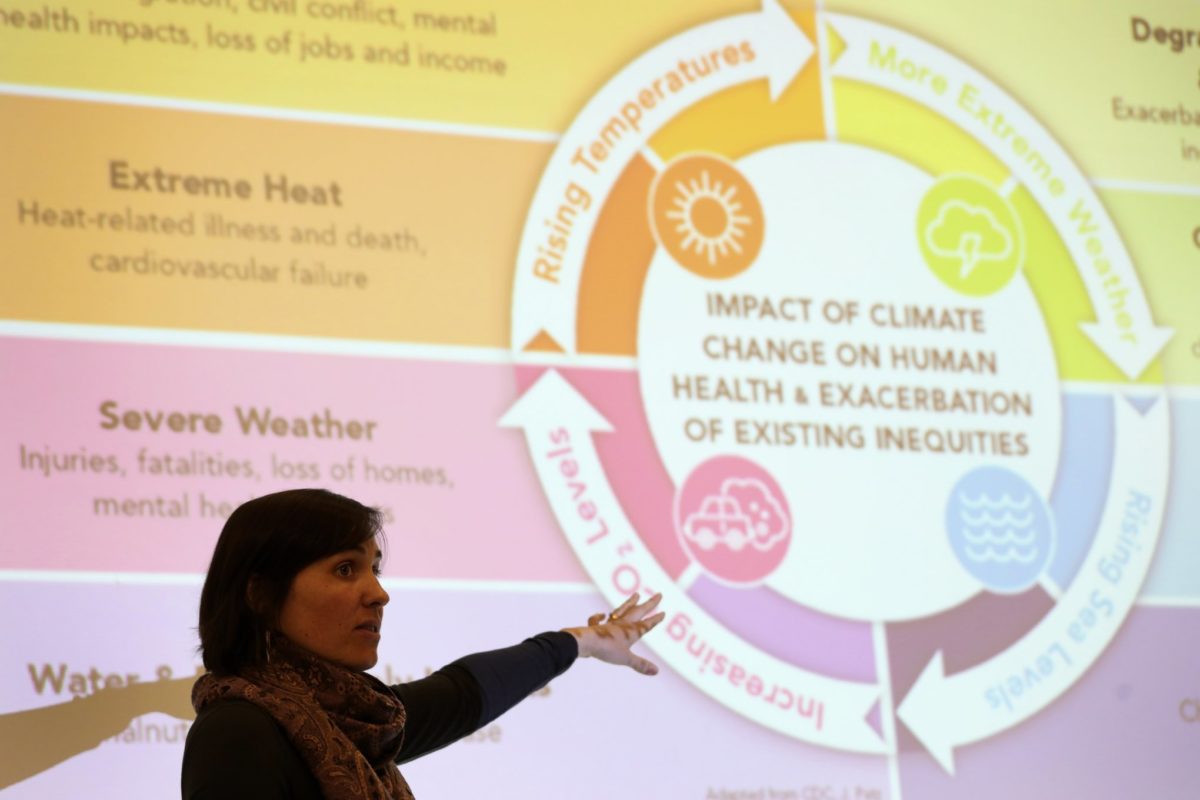Note: Posts before 2020 reflect EarthGen’s former name, Washington Green Schools.
Teaching the teachers how to teach kids about climate science was published in The Seattle Times on June 9, 2019.
Article Excerpt:
On March 8, 2018, the Washington Legislature approved a $4 million grant for 2018-19 to the state’s nine educational service districts and several community-based organizations to tackle the issue of teaching climate science. Washington is the only state devoting this level of funding and attention to the issue. (This spring, the state House and Senate voted to allocate $3 million for each of the next two years.)
The money is for teacher education, development of educational materials and student events.
The program is implemented by the Office of Superintendent of Public Instruction, partnering on the training with Washington Green Schools, the University of Washington and the State Board of Education, among others.
Washington has been at the forefront of climate-science education since 2013, when it became one of the first states to adopt the Next Generation Science Standards, and this grant and this program have been a reaffirmation of that leading role.

